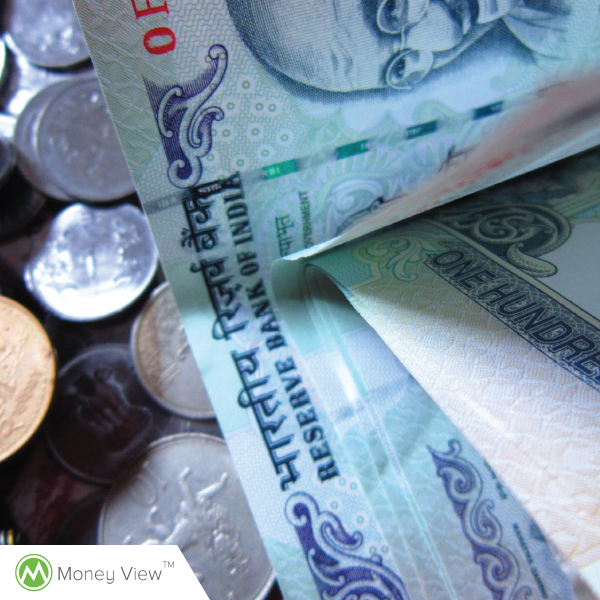Key Highlights of the Union Budget 2016

The Finance Minister, Mr. Arun Jaitley presented the Union budget for the country yesterday. There were many expectations from different strata of society,ranging from Industrialists to the aam aadmi. Today’s budget was a tad different in a way. It addressed one of the more important and often forgotten aspects of our economy, rural economy and agriculture. The budget was pro-farmer and to an extent pro-poor. It is both brave and tactful as the opposition’s claim of a “suitboot” Sarkar has been well negotiated by the present government through this budget. There were some drastic expectations from the stock market on recapitalization of the PSU banks to help them get rid of their bad loans, but the finance minister was a bit less adventurous in offering relief. The key highlights of Union Budget 2016 are as follows:
Agriculture and Rural Economy
Agriculture was a key area of focus in this budget. The allocation to farmer’s welfare was around 35000 crores. The minister also wanted to promote organic farming in the north-east through the Parmparagat Krishi Vikas Yojana, which is in the right direction for promoting organic food. 2000 model retail outlets of fertilizer companies will be provided with soil and seed testing facilities to enable the farmers to get better crop yields. The other major budgetary allocation was a provision of 15000 crores to reduce the repayment of loans taken by the farmers. 18,452 villages to get electric connectivity before 2017-end. Budget will help in linking all villages with roads by 2019. Total allocation for roads is Rs,. 97,000 crores. There is also a push for Digital India initiative to bring internet connectivity to rural areas. Roads, electricity and internet for the rural areas if implemented well will result in equitable growth and development and give an impetus to economy.
Long Term Capital Gains Tax (LTCG)
This was what the stock market was fearing the most as there were rumours of increase in the duration of applicability of long term capital gains from the present one year to three years. The finance minister did not mention anything relating to LTCG which came as a big relief to equity holders. But it was not all great new for the stock markets and the fund managers. The minister imposed a dividend distribution tax (DDT) of 10% of the gross dividend received by anybody whose dividend income is greater than 10 lakhs. Considering that this applies to a very small base of super rich, it is not that unhealthy.
Small relief to small tax payer
The minister raised the celling of tax rebate under section 87A from INR 2000 to INR 5000 to decrease the tax burden on individuals with less than 5 lakh of income. He also increased the limit on deduction of rent paid under section 80GG from INR 24000 to INR 60000. This applies to people who don’t have an HRA component. The tax slabs were left untouched. Overall not much for the retail tax payers in this year’s budget which is probably the greatest disappointment.
Affordable Housing
For first time home buyers especially in tier-2 cities where the house prices are much lesser, a deduction of additional interest of INR 50,000/- per annum has been allocated for loans up to INR 35 lakh sanctioned in 2016-2017 for first time buyers, where house does not cost over INR 50 lakh. So this offers additional investment for the young tax payers to buy their first homes.
Fiscal Discipline
There is no change to the fiscal deficit plans, all targets remain intact.
Recapitalising Banks
The PSU banks are in a state of bother. They need fresh money to recapitalise themselves in order to thrive and grow. The current assets are bad in nature due to various reasons from bad lending to a bad monsoon resulting in farmers defaulting. The minister was expected to give these banks some relief through budgeting for this recapitalisation. But the minister restricted to a minimalistic sum of 25000 crores towards recapitalisation. This was felt to be a drop in the ocean for the problem.
Vehicles to get more expensive
The minister hiked tax on small cars, which was quite surprising. The proposed increase was as much as 4% which will make buying cars more difficult now.
Other Notables
The other noteworthy initiatives were:
- 100% electrification by March 1, 2018
- 9000 Crore allocation to Swachh Bharat initiative
- 500 Crore allocated to SC, ST and woman entrepreneurs
- 2000 Crore allocated to provide LPG connection to BPL families. Extremely sensible and much needed initiative for the poor.
- A number of health care initiatives
Conclusion
This budget was for the farmers and the poor. It did not have much in it for the middle and the rich class. Far from it. The government has thought hard about this and has calibrated its approach towards growth of a wider base of Indian society. It’s just the start! What remains to be seen is the effectiveness of implementation to ensure some real change on the ground. The Budget is detailed and must be commended for its push on a much-neglected part of Indian economy — our rural growth.
Arjun Balakrishnan is an investment fanatic who loves writing about investment topics. He regularly writes at Investment Gyaan.